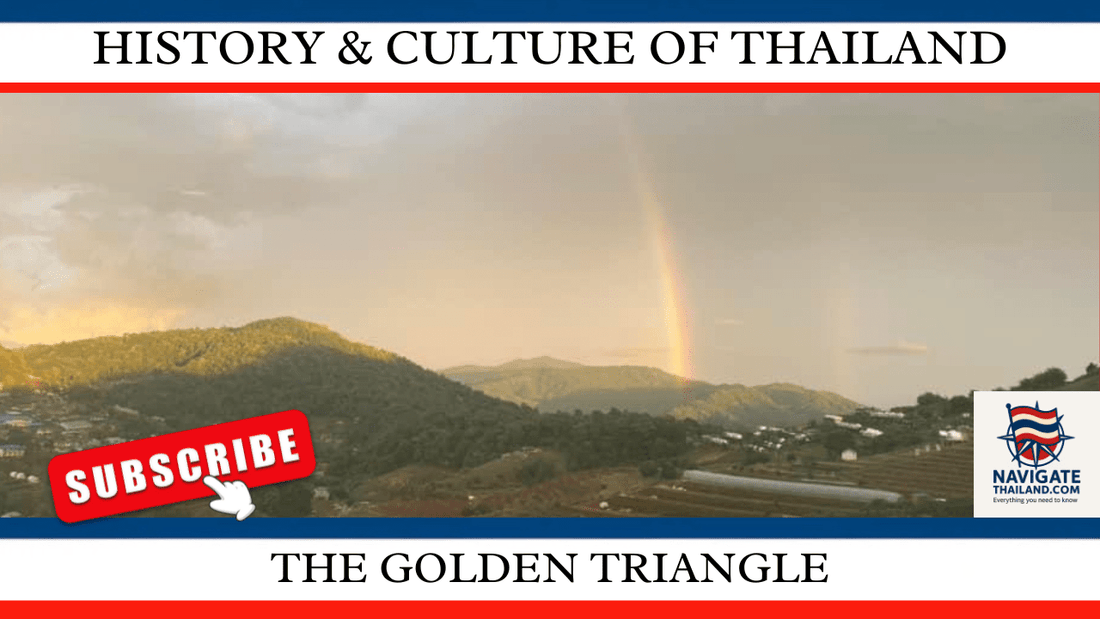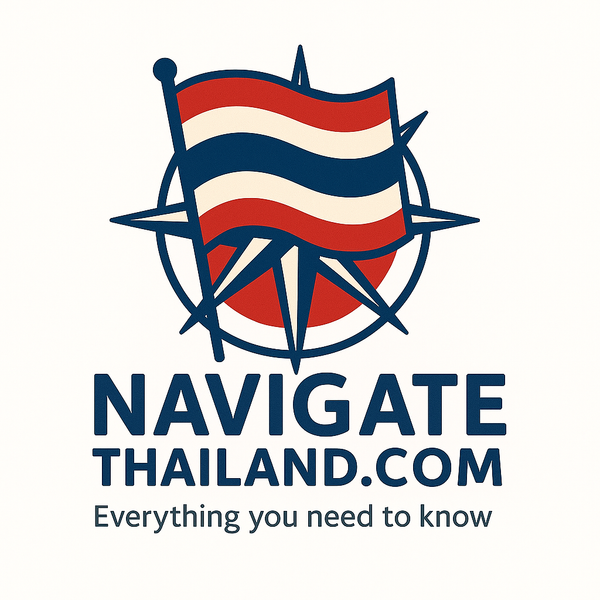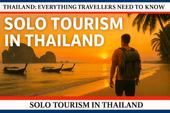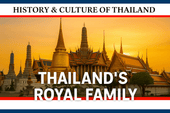
The Golden Triangle: A Storied Past in Thailand’s Enigmatic Region
Share
The Golden Triangle, an area where the borders of Thailand, Laos, and Myanmar converge, has a deep and complex history. Spanning from ancient times when it was a hub for trade routes, to its infamous role in global drug cartels, this region has captured the imaginations of historians, adventurers, and travellers alike. From the whispers of the Silk Road to tribal conflicts, migrations, and the shadows of military dictatorships, the Golden Triangle has a storied past filled with intrigue, conflict, and transformation.
Ancient Beginnings: The Silk Road Influence
Long before the Golden Triangle became synonymous with the opium trade, it was a crossroads of commerce. The region’s geographical location made it a natural waypoint for ancient trade routes, including branches of the famed Silk Road, the network of trading routes that linked the East and West from the 2nd century BCE to the 14th century. Goods such as silk, spices, and precious metals passed through these lands, bringing together traders and travellers from distant lands, as well as spreading ideas and culture across borders.
The Mekong River, one of Southeast Asia’s longest rivers, played a crucial role in this ancient trade network, allowing for the easy transportation of goods and people. This early period laid the foundation for the Golden Triangle as a region of both connectivity and isolation—connected by trade yet surrounded by rugged mountains that often kept outsiders at bay.
Tribal Movements and the Kingdoms of Lanna
As the trade routes thrived, the lands surrounding the Golden Triangle were also home to a diverse array of tribal groups and powerful kingdoms. The most significant of these was the Lanna Kingdom, which rose to prominence in the 13th century. Founded by King Mangrai in 1296, the Lanna Kingdom encompassed large parts of what is now northern Thailand, and Chiang Rai (just south of the Golden Triangle) was an important city in this kingdom. The Lanna culture influenced much of northern Thailand’s identity, leaving behind rich traditions, art, and architecture.
However, tribal groups such as the Hmong, Karen, and Akha peoples also lived throughout the mountainous regions of the Golden Triangle. These ethnic groups often migrated due to the pressures of war, economic opportunity, or environmental changes. Their semi-nomadic lifestyles and strong traditions were passed down through generations, further shaping the cultural landscape of the region.
Conflict and Migrations: The Battle for the Highlands
As the Lanna Kingdom declined in the 16th century, the region became a battleground for territorial dominance. Invaders from neighbouring Burma (modern-day Myanmar) frequently raided and conquered the northern regions of Thailand. At the same time, the various tribal groups, fiercely independent, often found themselves caught between these larger kingdoms.
By the late 19th century, when the Kingdom of Siam (now Thailand) began consolidating its power under the Chakri dynasty, the Golden Triangle region remained on the fringes of centralised control. It was during this time that the ethnic migrations began in earnest. Tribal groups, displaced by wars or the expansion of the Siamese and Burmese empires, moved deeper into the rugged mountains of the Golden Triangle.
The Opium Era: From Colonialism to Cartels
By the early 20th century, the Golden Triangle had begun to shift from a remote trading region to the centre of the global opium trade. The opium poppy, which had long been cultivated by tribal groups as a medicinal and ceremonial plant, became a lucrative cash crop when demand for the drug skyrocketed in the wake of colonialism.
British colonial rule in neighbouring Burma, and later the French in Laos, played a significant role in expanding the opium trade in Southeast Asia. Opium was a profitable business for colonial powers, who imposed taxes and regulations on its production and trade. The Golden Triangle’s remote and lawless highlands made it an ideal place for large-scale cultivation.
By the mid-20th century, the region’s reputation as an opium-producing hub was cemented. As the Chinese Civil War came to an end in 1949, remnants of the defeated Kuomintang (KMT) army fled to the border regions of Myanmar and Thailand. Many of these exiled soldiers turned to the opium trade to fund their continued resistance against communist China, and soon, the Golden Triangle became one of the world’s largest producers of heroin.
This era saw the rise of powerful drug lords and warlords who controlled vast networks of opium production and distribution. One of the most notorious figures from this period was Khun Sa, a Burmese warlord and opium kingpin, who operated out of Myanmar’s Shan State, just across the border from Thailand. By the 1980s, Khun Sa’s empire controlled up to 70% of the heroin entering the United States, solidifying the Golden Triangle’s reputation as a key player in the global drug trade.
The Role of Military Dictatorships and Cold War Politics
The rise of the opium trade in the Golden Triangle was further complicated by the region’s political instability during the Cold War. The spread of communism in Southeast Asia led to the involvement of both Thai military forces and foreign powers, including the United States, in the region’s internal conflicts.
In Thailand, the government, often controlled by military dictatorships, viewed the ethnic minority groups living in the border areas with suspicion. Fearing communist insurgencies, the Thai military sought to assert control over the region. In the 1960s and 1970s, this led to counter-insurgency operations in the Golden Triangle, where military forces clashed with tribal groups and drug warlords alike.
Cold War politics further fuelled the chaos. The CIA allegedly provided covert support to the KMT forces and other anti-communist groups in the region, turning a blind eye to their involvement in the opium trade. This tacit approval allowed the heroin trade to flourish, contributing to the global rise in drug addiction and crime.
Modern Day: From Drug Wars to Tourism
In recent decades, the Golden Triangle has undergone significant changes. By the early 2000s, opium cultivation in the region had declined drastically, thanks in part to efforts by the Thai government and international organisations to promote alternative livelihoods for the region’s farmers. Crop substitution programs, aimed at encouraging farmers to grow coffee, tea, and other crops instead of opium poppies, have seen varying degrees of success.
Today, the Golden Triangle is a major destination for tourists interested in its history and scenic beauty. The small town of Sop Ruak, located at the point where the borders of Thailand, Laos, and Myanmar meet, is often referred to as the “heart” of the Golden Triangle. Visitors can enjoy panoramic views of the Mekong River, explore local temples, and learn about the region’s complex history at the Hall of Opium Museum.
While the days of drug cartels and warlords may be fading, the Golden Triangle remains a region rich in history, culture, and natural beauty. Its past as a key player in the global drug trade is a reminder of the darker chapters in its history, but the resilience and adaptability of its people offer hope for a brighter future.
Conclusion
The history of the Golden Triangle is as complex and rugged as its mountainous terrain. From its early days as a vital trade route on the Silk Road, through tribal conflicts and migrations, to its infamous role in the global drug trade, the Golden Triangle has been shaped by forces both local and global. Today, while remnants of its tumultuous past remain, the region is moving towards a future defined by tourism, cultural preservation, and economic development.
As visitors flock to the Golden Triangle, drawn by its mystery and allure, they can not only explore its beautiful landscapes but also reflect on its fascinating history—a history that continues to evolve with each passing year.
Green Tea farms in the golden triangle region of Chiang Rai 2022. @Aaron_travels_thailand

References
• Hall of Opium Museum, Chiang Rai Province, Thailand
• McCoy, Alfred W. The Politics of Heroin in Southeast Asia. Harper & Row, 1972.
• Chouvy, Pierre-Arnaud. Opium: Uncovering the Politics of the Poppy. Harvard University Press, 2009.
• Yawnghwe, Chao Tzang. The Shan of Burma: Memoirs of a Shan Exile. Institute of Southeast Asian Studies, 1998.
• United Nations Office on Drugs and Crime (UNODC) Reports on Southeast Asia
Read more of our Thailand blog series:
Thai Food Guide:Traditional Recipes and Street Eats
Everything Travellers Need to know
Thailand travel ebooks and language guides
Thailand Travel Apparel & Souvenir Gifts
Subscribe to our YouTube channel Navigate Thailand to see our most popular Thailand travel blogs turned into videos:
Navigate Thailand YouTube channel
















































































































































